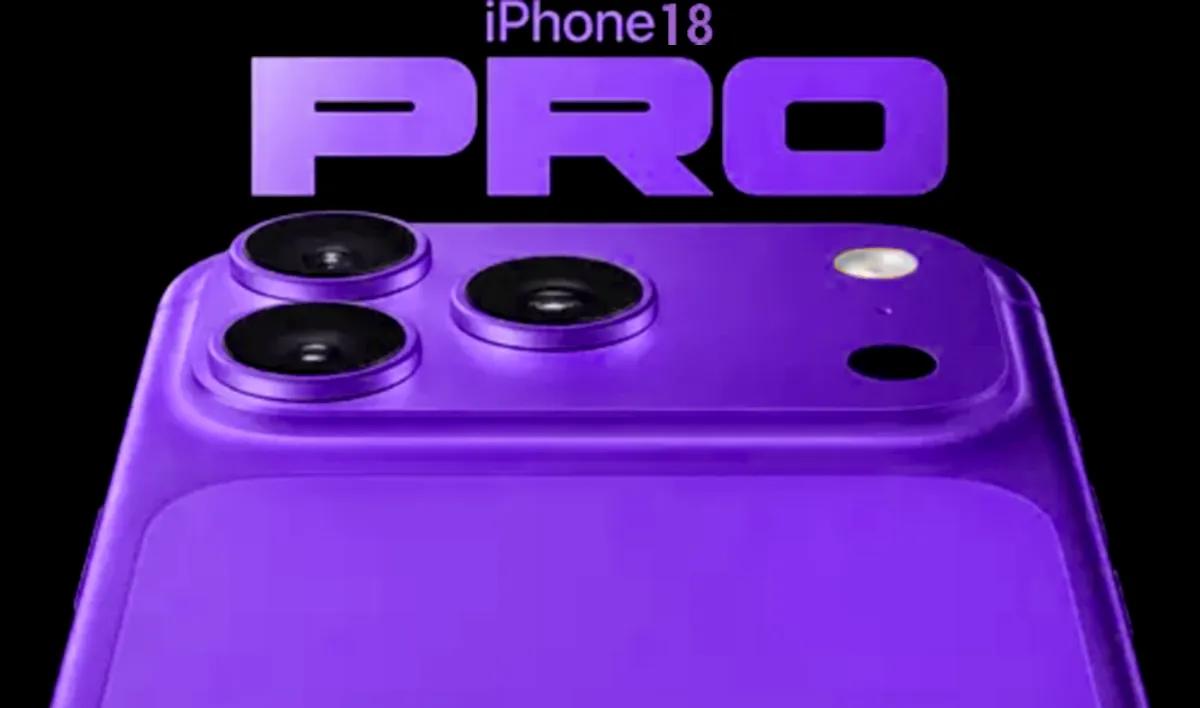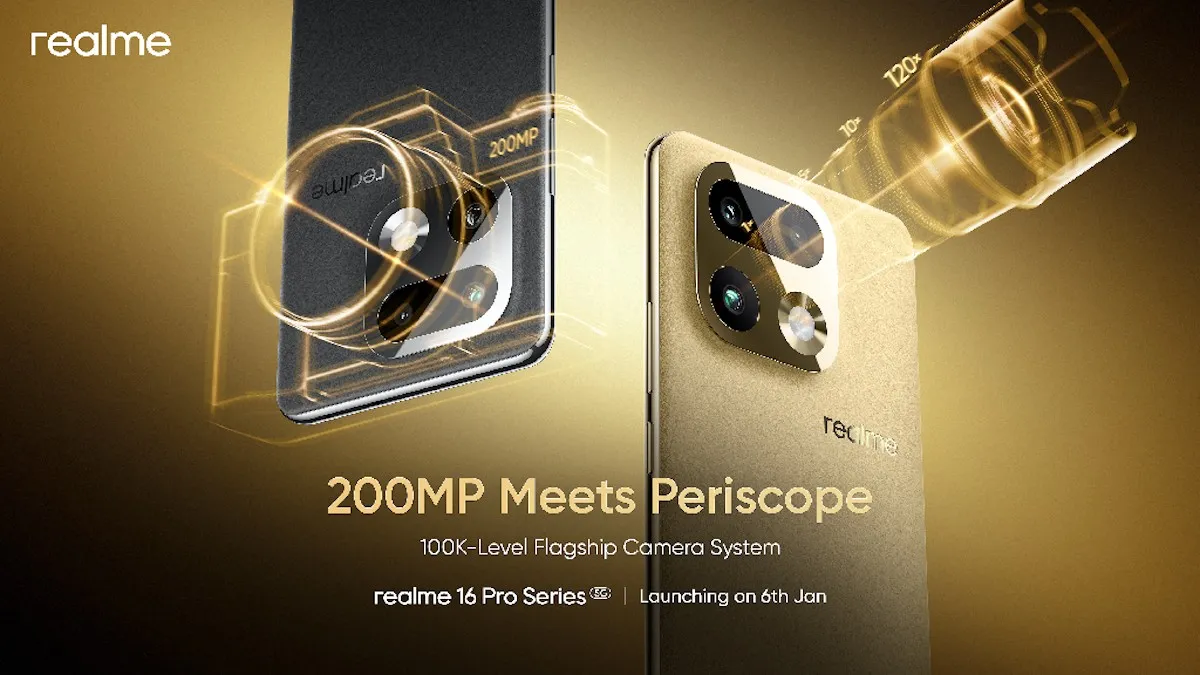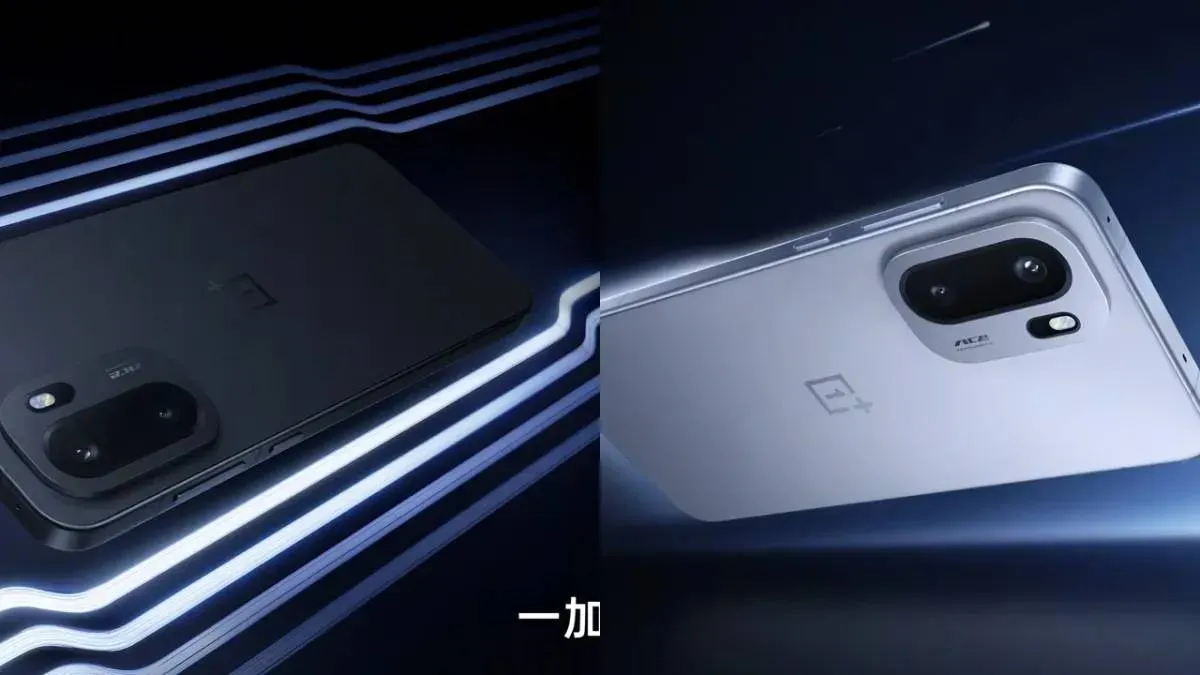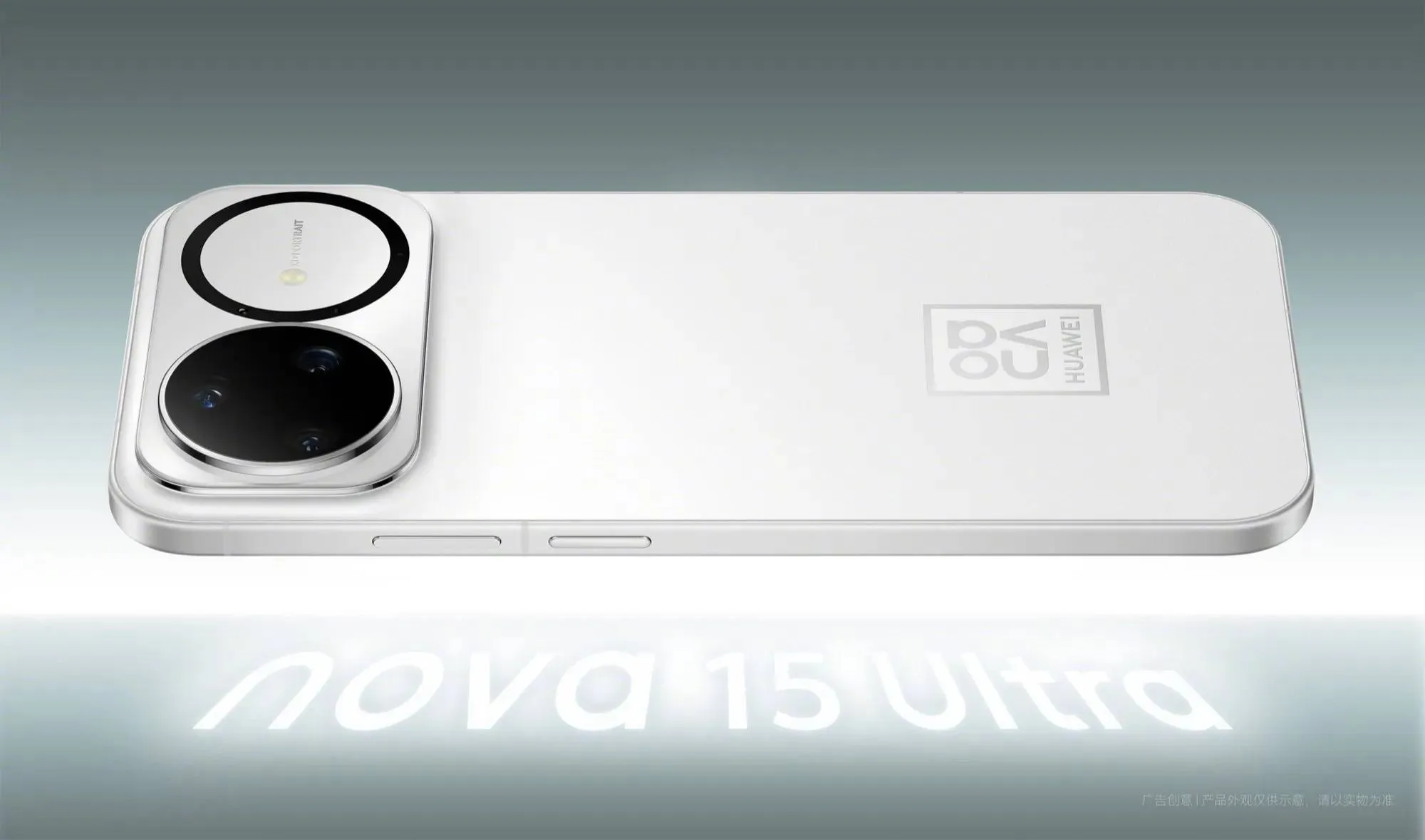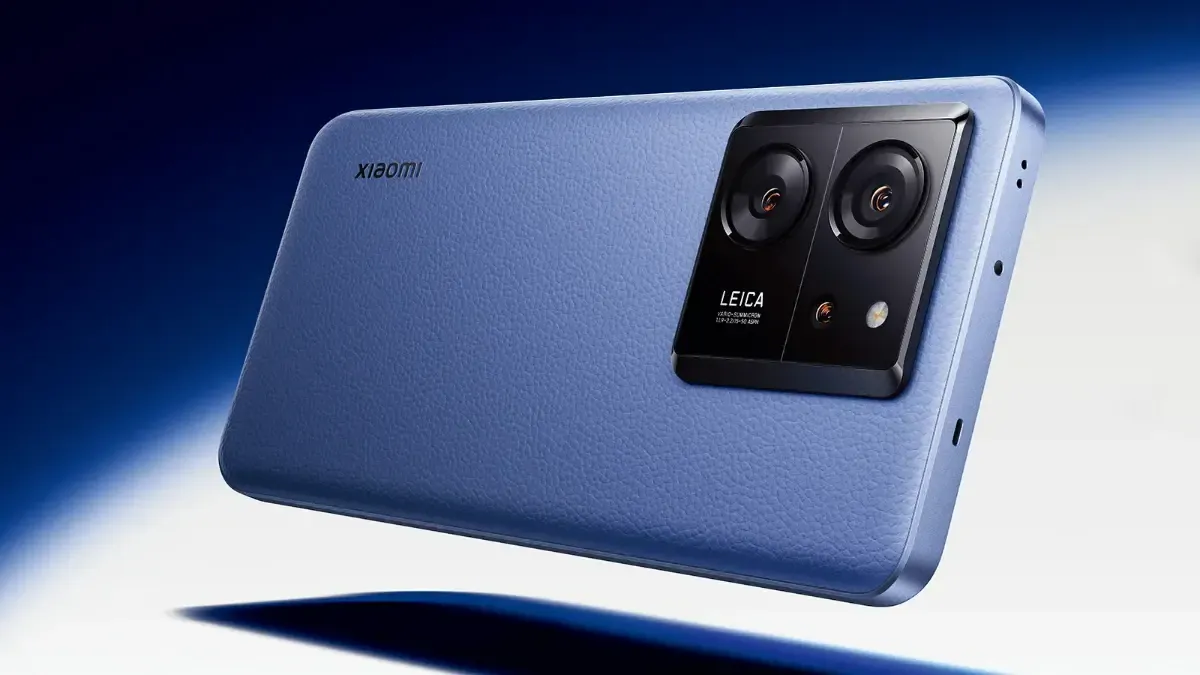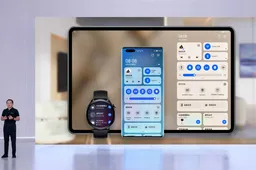Xiaomi HyperOS: Advanced Animations Reserved for Newer Devices
xiaomiSaturday, 03 August 2024 at 07:56
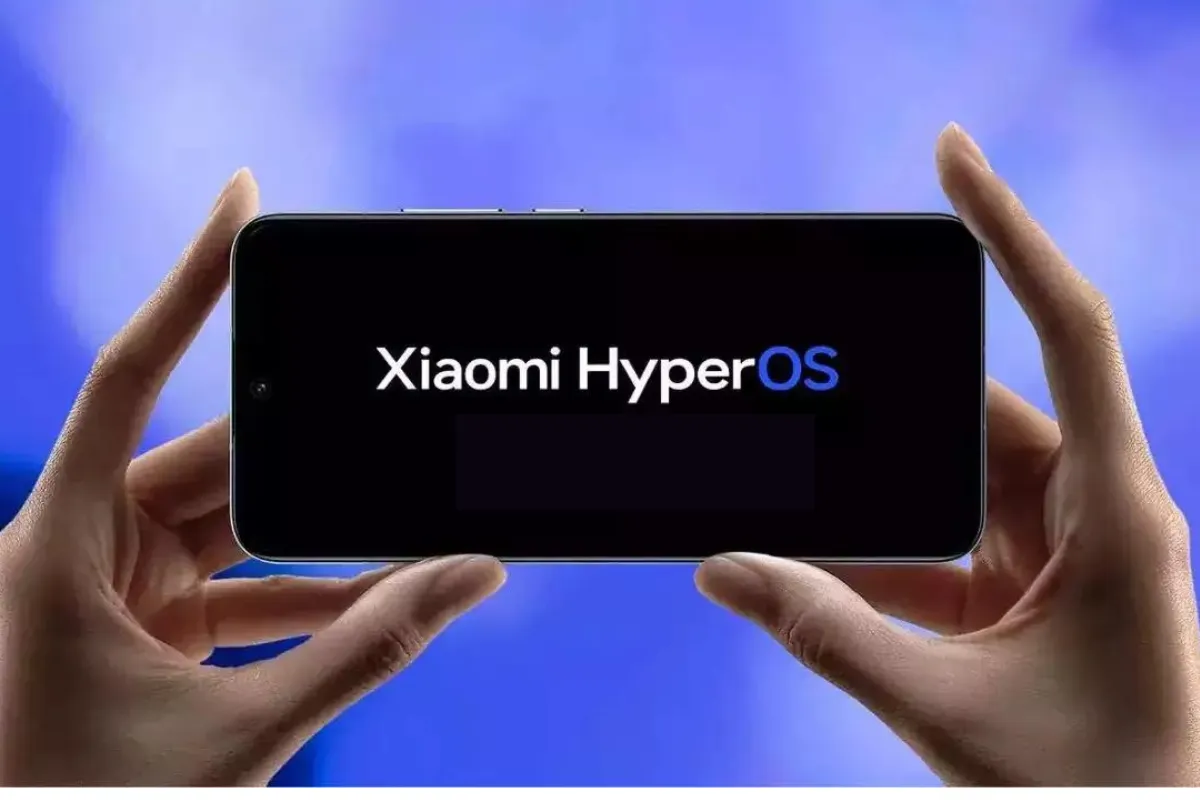
Xiaomi's goal with HyperOS is to bring an enhanced user experience. Hence, Xiaomi elevates the user experience with HyperOS by striking a balance between its features. One of the most highlighting features of HyperOS is the "advanced material" function that provides superior animations and visual effects. However, this feature will be available to the latest devices with powerful processors, and will not come on older devices.
What is the "advanced material" feature?
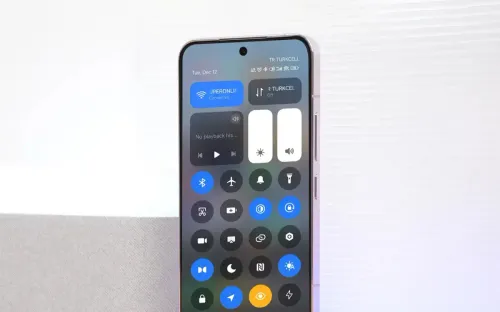
The advanced material feature is designed to enrich the user interface experience. It is done with a bunch of animations and other visual effects. For example, it features real-time blur which makes the user interface aesthetically pleasing. However, this rendering technique requires plenty of power and as a result, drains the battery faster.
Xiaomi (via Xiaomitime) has said that turning on the advanced material feature on the Xiaomi 12 series, resulted in the loss of 10% additional battery life. Additionally, there were also some performance issues with the older series in certain scenarios such as pulling down the notification bar. Even after a lot of optimization, Xiaomi could not reduce the battery consumption and performance drawbacks.
Xiaomi HyperOS will only allow newer flagships to support this feature
As a result, Xiaomi says that the advanced material feature will be limited to newer devices. It will be supported on devices with newer chips in the flagship category. Meanwhile, even the flagship series from 2 years back will not support this functionality.
The non-supported chipset for the advanced material feature includes:
- Snapdragon 888
- Snapdragon 8 Gen 1
- Snapdragon 7 and below
- Dimensity 8000+ and below
While the feature will be compatible with these chipsets:
- Snapdragon 8+ Gen 1 and above
- Dimensity 9200+ and above
The same goes with tablets where Xiaomi is only allowing their flagship Pad 6 Max to be compatible with this feature. It is true that the advanced material feature brings a UI overhaul providing an aesthetically pleasing experience. However, it is the right decision to roll it out to devices that don't compromise on the battery life and performance.
Conclusion
In conclusion, Xiaomi’s decision to limit the advanced material feature of HyperOS to newer devices is a strategic move to ensure optimal performance and user satisfaction. By focusing on devices with powerful processors, Xiaomi aims to deliver a rich and visually appealing user interface without compromising battery life and overall performance. This approach not only highlights the company’s commitment to enhancing user experience but also underscores the importance of hardware capabilities in supporting advanced software features.
Loading
